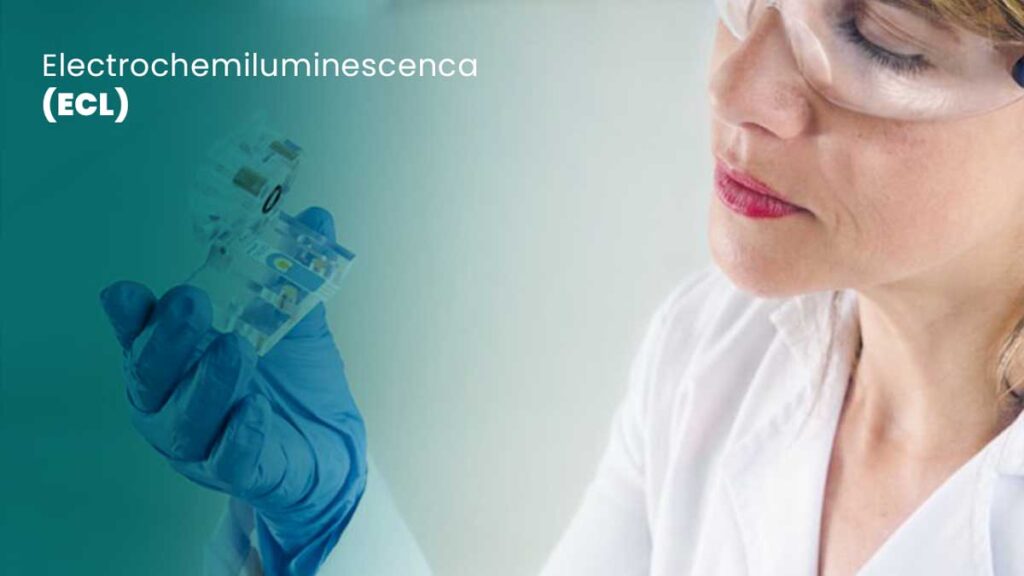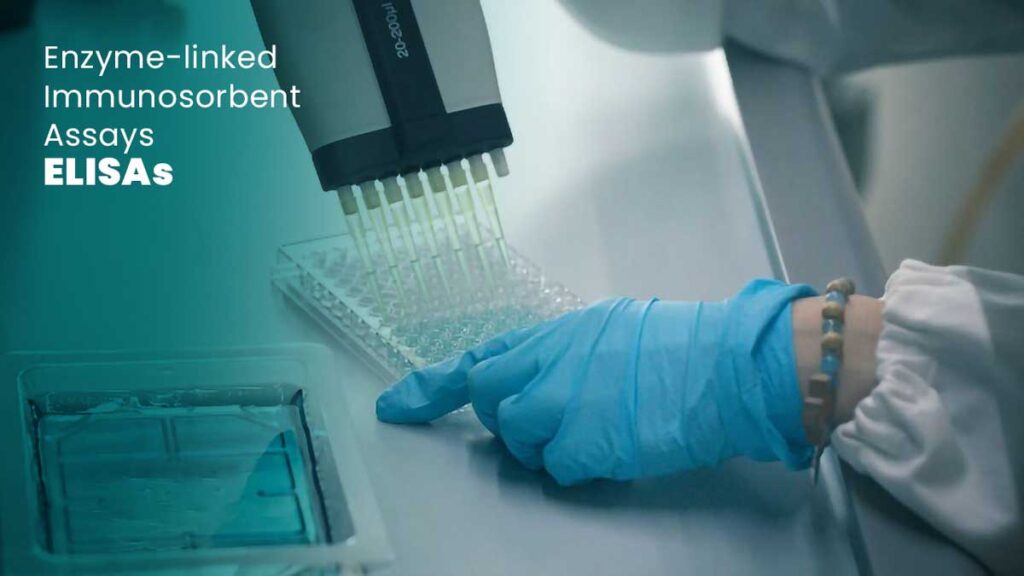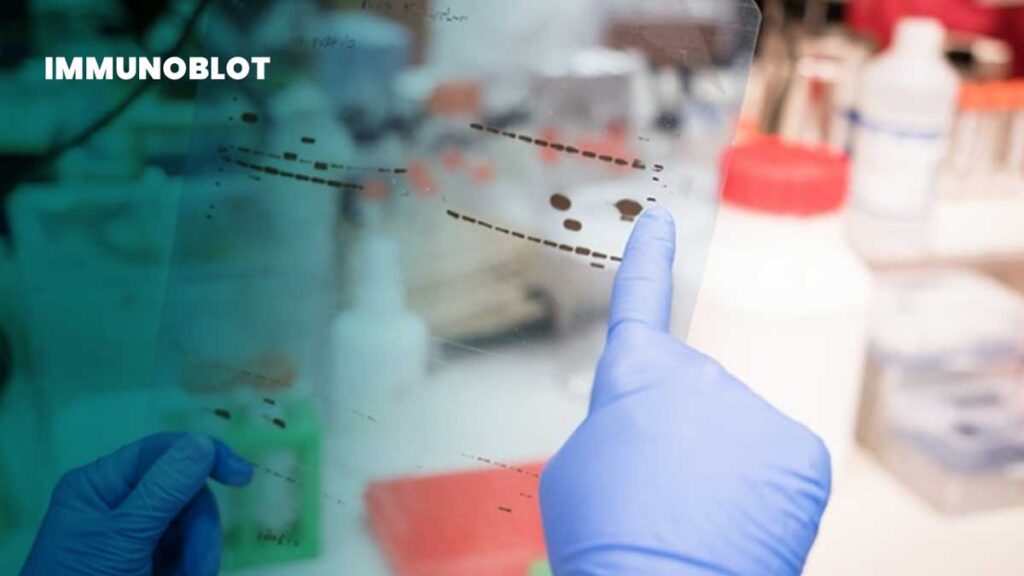Methods

• High sensitivity: multiple excitation cycles can amplify signals
to increase the light level making this method quite sensitive.
• Wide dynamic range: means that very high or very low concentration levels can be measured without the need for multiple dilutions of the samples which modify the result.
• Easy to use method: it is a simple method to assimilate and
used by doctors and laboratory technicians, thus leaving no room for error.
• High flexibility: reagents are stable, non-radioactive and conveniently conjugate to biological molecules.
• Outstanding performance and quality: Electrochemiluminescence is a highly successful detection system that provides clinical data for a variety of samples including cellular samples, serum, plasma, whole blood, etc.
ELECTROCHEMILUMINESCENCA (ECL)
Electrochemiluminescence is a type of luminescence produced during electrochemical reactions. In ECL mediators undergo an “exergonic” reaction to produce an electronic excited state and then emit light during relaxation to a lower state.
This wavelength of emitted light photons corresponds to the energy difference between these two states. Excitation energy is obtained from the recombination of oxidized and reduced species.
Carbon composite electrodes allow for easy attachment of biological reagents. The second step is to use electrochemiluminescent markers that are linked to the detection antibodies. Electricity is then applied to the electrodes which causes the markers to emit light. The intensity of the light is measured to determine the concentration in the sample.
ECL is very useful in analytical applications as a highly sensitive and selective method.
It combines the analytical advantages of chemiluminescent analysis (absence of background optical signal) with the ease of controlling the reaction by applying electrode potential. As an analytical technique it presents tremendous advantages over other methods due to the simplified optical setup and good temporal and spatial control.

ELISA has very high specificity and sensitivity.
• Reagents are very resistant.
• It is simple to implement.
• ELISA can be used to test for a wide range of infectious diseases.
ELISA
Enzyme-linked immunosorbent assays (ELISAs) combine the specificity of antibodies with the sensitivity of simple enzyme assays, using antibodies or antigens coupled to an easily assayed enzyme.
By means of the ELISA method, it is possible to achieve an accurate measurement of the concentration of the antibody or antigen. There are two main variants of this method: a) it can be used to determine the presence of antigen that is recognized by an antibody or b) it can be used to determine the presence of antibody that recognizes an antigen.

This method is mainly used for molecular diagnosis of allergy. Molecular Allergology is a new application that uses proteins or single components of allergens for testing, enabling high-precision measurement of IgE antibodies to a component of a specific allergen.
Molecular diagnosis of allergy enables accurate identification of ingredients that cause allergies, improvement of risk assessment for severe reactions as well as differential analysis of cross-reactions.
The accurate diagnosis of the allergen paves the way for the doctor to accurately determine the appropriate immunotherapy, thus achieving an optimal management of the patient and guaranteeing a better quality of life for him.
PCR – REAL TIME
The analysis of DNA, RNA and proteins at the molecular level, known as molecular diagnostics, is the main target of the Intermedica laboratory. Modern analysis based on the detection of nucleic acids presents significant advantages compared to traditional methods of detecting pathogens in the human body.
These procedures detect viruses, bacteria and parasites much faster and with a much greater sensitivity and specificity. At the genetic and protein level, the cause of a disease can now be found with great precision, thus paving the way for the development of new therapeutic techniques.
Analyzing an individual’s genetic makeup allows doctors to predict the course of a particular disease. Also, molecular biology provides modern medicine with the necessary equipment to develop completely new and personalized strategies in the battle against pathologies.
Hospitals and diagnostic centers that use these techniques are looking for products that guarantee the highest levels of reliability and maximum speed. The application of molecular biology has practically revolutionized the diagnosis and treatment of diseases.
